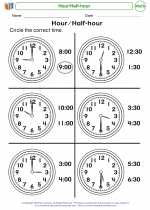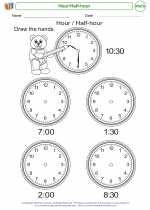Wall Clocks
Wall clocks are timekeeping devices designed to be hung on a wall. They are a common feature in homes, offices, schools, and other public places. Wall clocks come in a variety of styles, designs, and sizes, and they are often used as decorative pieces in addition to their practical function of telling time.
Parts of a Wall Clock
A typical wall clock consists of the following parts:
- Dial or Face: This is the surface of the clock that displays the numbers and hands to indicate the time.
- Hands: The hour and minute hands rotate around the dial to show the current time.
- Frame: The frame or casing of the clock holds the internal mechanisms and provides structural support.
- Mechanism: The internal components that drive the movement of the hands and keep time. This may include gears, springs, and a power source (such as a battery or winding mechanism).
Types of Wall Clocks
There are various types of wall clocks, including:
- Analog Clocks: These clocks have traditional hour and minute hands and are usually powered by batteries.
- Digital Clocks: These clocks display the time numerically using LED or LCD technology.
- Quartz Clocks: These clocks use a quartz crystal to keep time and are known for their accuracy.
- Pendulum Clocks: These clocks incorporate a swinging pendulum as part of their timekeeping mechanism, adding a decorative and functional element.
Using Wall Clocks for Learning
For young children, wall clocks can be valuable tools for learning about time and developing a sense of schedule and routine. Teachers and parents can use wall clocks to teach children how to read time, understand concepts such as morning, afternoon, and evening, and manage their daily activities.
Overall, wall clocks are practical and decorative items that serve an important function in keeping time and organizing daily life.


